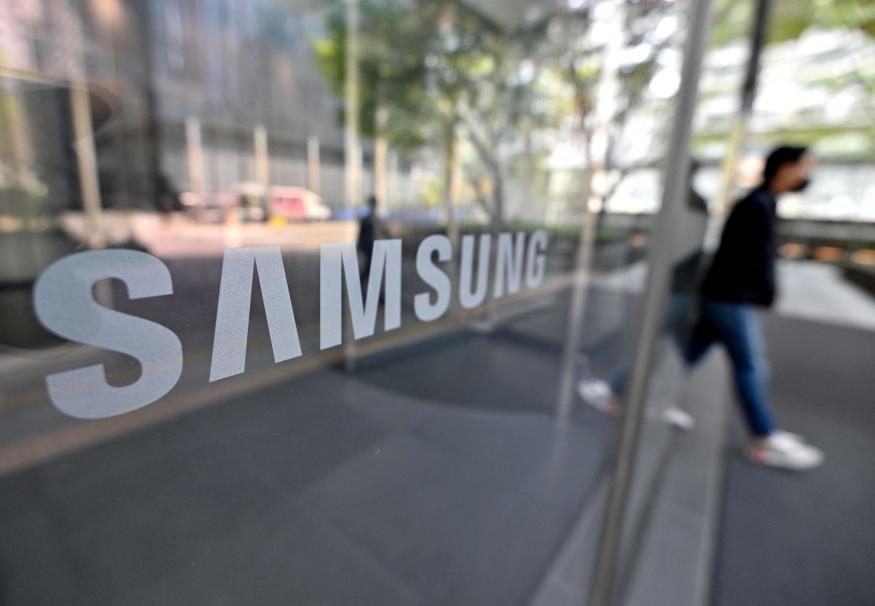JUNG YEON-JE via Getty Images
“Emphasis to be placed on new foldables in the coming months.”
Samsung has announced that it recorded an operating profit of KRW 0.67 trillion ($527 million) for the second quarter of 2023. This figure is slightly higher than the previous quarter, mainly due to its memory business posting a narrower loss. However, it is significantly lower than the KRW 14.1 trillion ($10.8 billion) operating profit reported in July 2022. The company’s consolidated revenue for the quarter was KRW 60.01 trillion ($47 billion), representing a 6 percent decline from the previous quarter and a notable decrease from last year’s record-breaking KRW 77.2 trillion ($59.4 billion).
The decline in revenue is primarily attributed to a decrease in smartphone shipments, as the impact of the Galaxy S23 launch in the first quarter faded. In the previous earning period, Samsung’s mobile division performed well due to strong sales of the Galaxy S23 series, particularly the Galaxy S23 Ultra. However, the division’s consolidated revenue has now dropped from KRW 31.82 trillion ($23.7 billion) to KRW 25.55 trillion ($20 billion), with its operating profit decreasing by $500 billion.
Despite the current challenges, Samsung anticipates a recovery in the overall smartphone market, particularly in the premium segment, during the second half of the year. To capitalize on this, the company will focus on promoting its newly launched Galaxy Z Flip 5 and Galaxy Z Fold 5 series. The Galaxy Z Flip 5 features a larger external display compared to its predecessor, while the Galaxy Z Fold 5 introduces a new hinge that eliminates the gap between the two screen halves.
On the other hand, Samsung’s memory business experienced a slight revenue recovery from KRW 13.73 trillion ($10.2 billion) in Q1 to KRW 14.73 trillion ($11.53 billion). Although the operating loss remains significant at KRW 4.58 trillion ($3.4 billion), it has decreased slightly to KRW 4.36 trillion ($3.4 billion). Looking ahead, the company plans to prioritize the sale of “high-value-added products” such as DDR5 and LPDDR5x components.
